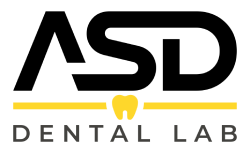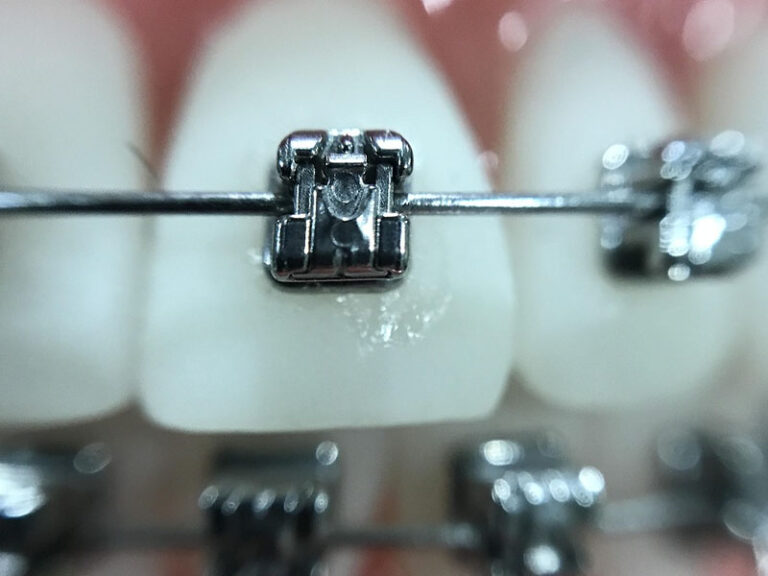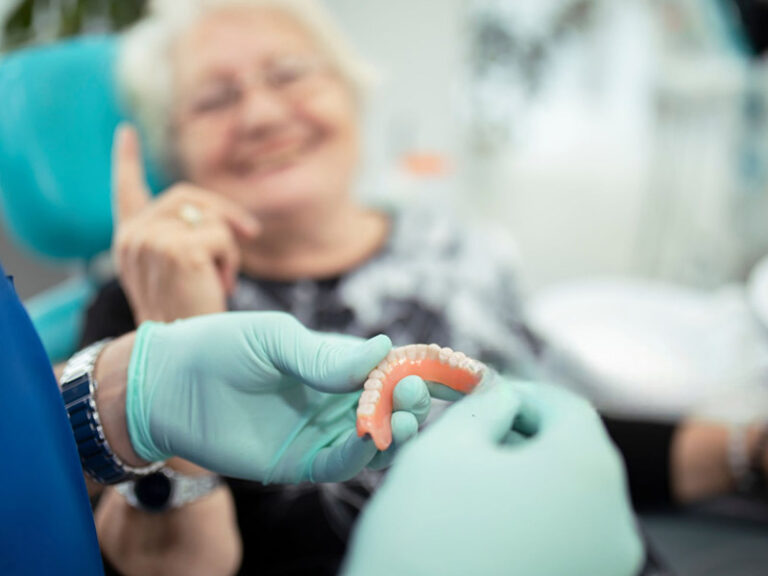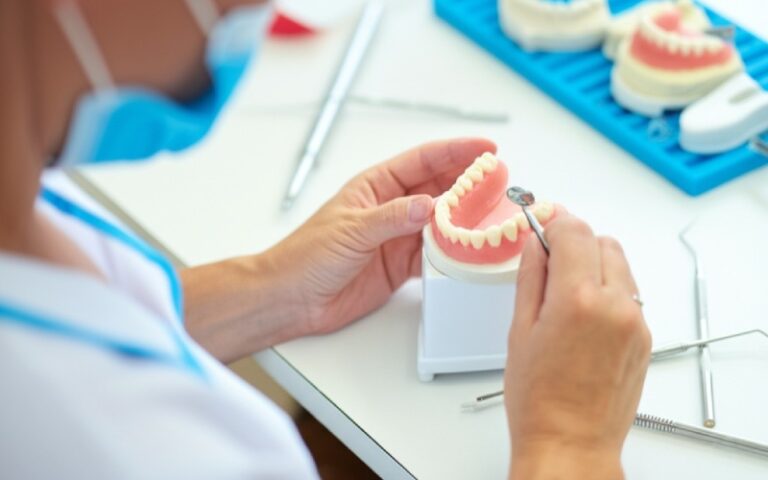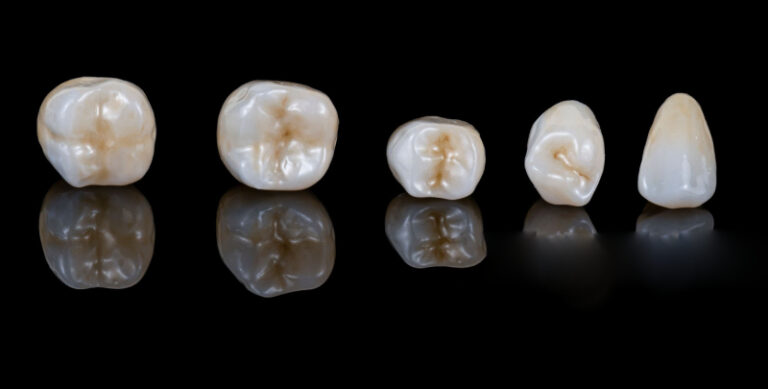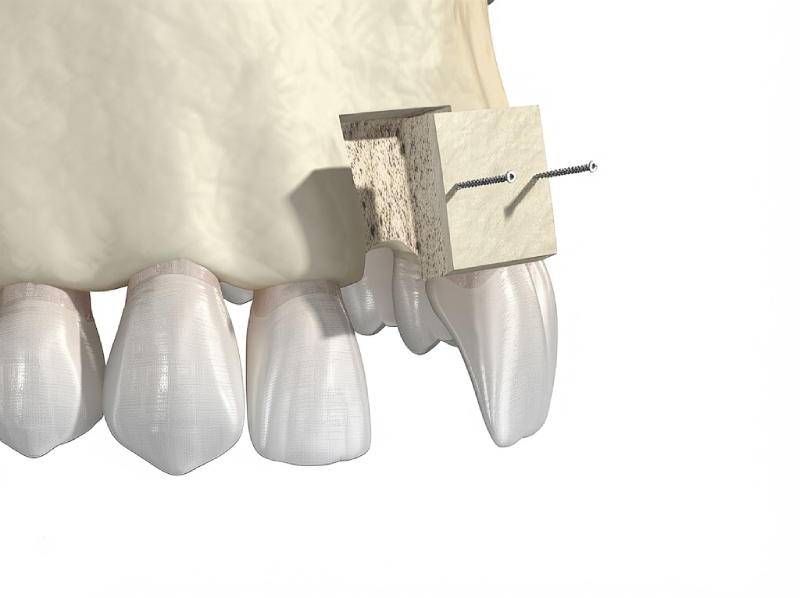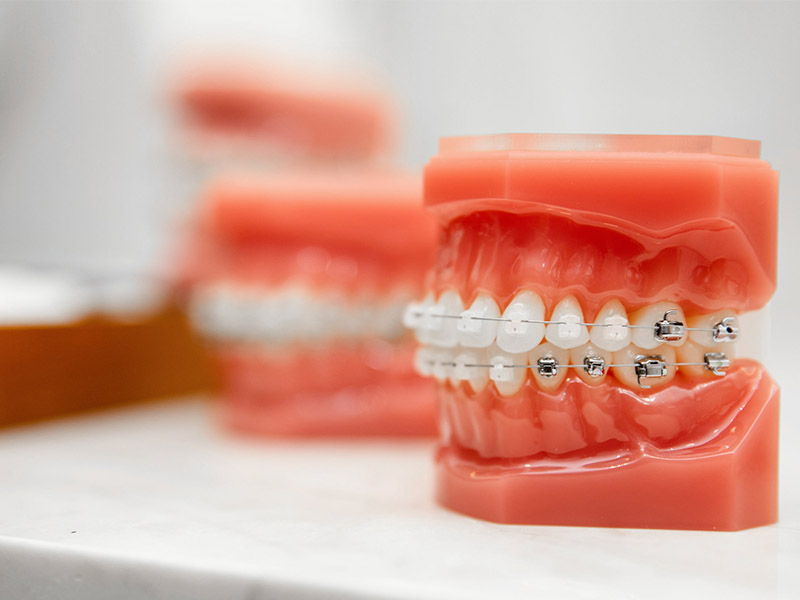
Self-Ligating Braces vs. Traditional Braces: A Orthodontist’s Guide
When folks in Maryland ask me, “Should I try self-ligating braces or stick with regular metal ones?” I know this isn’t just a passing question. It’s about their smile, how comfortable they’ll feel, and their budget. Over the years, I’ve helped hundreds—maybe even thousands—of people make this very choice. What have I learned? There’s no one-size-fits-all answer. But if you have the facts and some tips from someone who’s been down this road before, you’ll walk into your first orthodontic visit feeling a lot more at ease.
Table of Contents
What Are Traditional Braces? The Basic Way
Let me take you back to when I first had braces as a kid. I remember sitting in that chair, mouth wide open, while my orthodontist stuck brackets on each tooth. Next came the metal wire, which threaded through all those brackets like a little train. Then, tiny rubber bands were stretched around each bracket to hold the wire in place.
That’s what traditional braces are. They’ve been used for a long time because they just work. Braces use steady, gentle pressure to move your teeth into place over months or years. The brackets (usually metal, sometimes clear for a less obvious look) and the wire work together to line up your teeth. Those colored rubber bands? They’re more than something to show off school colors—they actually hold the wires tight.
The good news? Traditional braces are reliable, solid, and usually the cheapest choice. You can pick your favorite colors at each visit (which kids and even adults enjoy). They can fix almost any problem you have, from crowded teeth to gaps or bite issues.
But, it’s not all fun and rainbows. The rubber bands make things a bit slower, so treatment can take longer, especially if your case is tricky. Also, those bands love to soak up pasta sauce or berries, so cleaning your teeth is tougher. You’ll probably need to come in once a month so your orthodontist can tighten things up.
If you don’t mind coming in for more visits—and you want to save money—traditional braces might be right for you.
What Are Self-Ligating Braces? A Newer Option
A few years after I got my braces off, people started talking about “self-ligating braces.” I was curious, so I checked them out. Self-ligating braces change things up a bit. Here’s how.
With self-ligating braces, you still have brackets and a main wire. The big difference? You don’t need those rubber bands. Instead, each bracket has a tiny built-in door or clip. Think of a little latch that closes and keeps the wire there. (A popular kind called Damon uses a sliding door design.)
Why does this matter? Well, with no rubber bands to add extra rubbing, the wire can move more freely. In everyday words: your teeth can move more smoothly, with lighter, softer pressure. Many patients say it just feels less “tight” and sore than the old wire-and-rubber-band method. Science backs this up too.
As both a patient and an orthodontist, I was surprised at how much quicker some checkups became. With no bands to take off and put on, appointments are faster. Less rubbing means your teeth don’t feel as sore after visits. And I can usually let people go 8–10 weeks between checkups, instead of every 4–6.
Cleaning is a breeze, too. No bands for food to stick to, so brushing and flossing is way easier—a big plus if you want to avoid gum trouble or cavities.
Of course, self-ligating braces aren’t perfect. They might cost a little more up front. The brackets are a bit more high-tech (and once in a while, a little bigger, but most folks don’t notice). One more thing: you won’t get to pick neon or rainbow rubber bands. These braces look cleaner and plainer—which some people love, while others miss the fun.
Side-by-Side: The Differences That Matter to You
Here’s where my years in Maryland—and talking with so many patients—really helps. Let’s break down the differences in a way that matters for real people like you.
Treatment Time: Are Self-Ligating Braces Actually Faster?
Here’s the question everyone asks. Some people hope to be done with braces in just a year. Here’s the truth: Self-ligating braces can be a little quicker, but not always. It depends a lot on what’s going on with your teeth.
Self-ligating braces work great in the beginning, when your teeth need to get in line. I’ve seen this save people a few months—sometimes up to half a year—especially if you just have some crowding. But if your bite is really off or you need teeth pulled, both types usually take about the same time overall.
Put simply: Self-ligating braces are good for a quick start, but you still have to finish the whole job. Some solid studies say there’s not as big a time difference as ads make it sound.
Comfort and Soreness
Here, self-ligating braces really have an edge. I still remember my first “tightening” with regular braces. My mouth hurt for days. With self-ligating braces, most patients say the pressure is gentler and pain fades faster.
Why’s that? No bands mean less rubbing. The brackets don’t pull as hard, so the wire slides more smoothly. Sure, your teeth will always be a little sore when moving, but I really notice fewer complaints and less need for medicine after adjustments with self-ligating systems.
Think of it as climbing a steep hill versus walking on level ground. Both get you there, but you might like the second one more.
Office Visits
If you’re busy with work, school, or sports, self-ligating braces can be a life-saver. Not as much to adjust, so not as many visits needed, and each one goes quicker. I usually see these patients every 8–10 weeks, while folks with regular braces come every 4–6.
That means less driving, less time off, and maybe a smoother experience overall. Families in busy Maryland places—like Bethesda or Silver Spring—often tell me these “quick” appointments really help.
Keeping Teeth Clean
This is my dentist side talking: keeping your mouth clean with braces is super important. No one wants to finish treatment only to find stains or sore gums.
I’ve watched people fight with floss, trying to get around all those rubber bands. Traditional braces can catch a lot of food and make things harder, especially for teens who, let’s face it, don’t always want to brush.
Self-ligating braces? Game-changer. No elastic bands means food doesn’t get stuck as much, and cleaning is simpler. Studies back this up—less plaque, healthier gums, and better results at the end.
If your gums tend to be sensitive, or you get cavities easily, this might be reason enough to try self-ligating braces.
How They Look
Let’s be real. Most people want straight teeth without calling too much attention to themselves. Traditional braces are smaller now, but those colored bands still show. Self-ligating brackets are often smaller, sleeker, and come in metal or see-through materials.
The catch? No colored bands. Some kids (and some grown-ups) miss getting creative at appointments. I think the cleaner, more basic look is a good fit for lots of adults who want something low-key for work.
Cost of Braces in Maryland
Money counts. In Maryland, traditional braces run about $5,000 to $7,000 for full treatment. Self-ligating braces usually cost 10–25% more, mainly because the parts are fancier. So, you’re looking at $5,500 to $8,000+ here.
Is it worth it? Sometimes, yes. If you have fewer appointments (and less time off work or school), find it easier to keep clean, and feel better during treatment, the extra price might be worth it. But everyone has to decide what works for them.
Best advice? Don’t let the price scare you. Ask for a straight-up quote for your case, including what insurance helps cover or if there are payment plans.
Which Braces Fit You Best?
After all this, here’s my honest advice about who should choose what.
Pick Traditional Braces if:
- You want to spend as little as possible.
- You want the classic approach, especially for tough cases.
- You (or your child) like picking out new colors.
- You don’t mind more frequent visits.
Pick Self-Ligating Braces if:
- You want more comfort and less soreness.
- You’re really busy and want fewer office trips.
- You want cleaning to be as easy as possible.
- You prefer a simple, plain look.
- You can afford to pay a little more up front.
What really matters is your unique situation, your bite, how well you take care of your teeth, and—most of all—how good your orthodontist is. The fanciest system in the world only works as well as the hands guiding it.

Data, Studies, and Simple Comparison Table
I don’t just trust ads. I read real studies and reports to see what’s actually true. Here’s a simple table with what matters most:
| What’s Different | Traditional Braces | Self-Ligating Braces (e.g., Damon) | Notes |
|---|---|---|---|
| Treatment Time | Normal timeline | Sometimes 4–6 months faster, but not always | Some cases go faster, but often about the same in the end. Ask about your own teeth. |
| How Often Are Visits? | Every 4–6 weeks | Every 8–10 weeks, fewer checkups | Less running around with self-ligating braces. |
| Soreness | More pain after tightening, especially at first | Less pain; most people feel better fast | Studies say folks with self-ligating braces need fewer pain pills, especially at the start. |
| Cleaning | Rubber bands catch more stuff and make flossing tough | Easier brushing and flossing, less plaque | Fewer sore gums and cavities. |
| Do They Work Well? | Work great, but bands slow down early tooth movement | Faster start, teeth even out quicker at first | Smoother wire means less waiting for early changes. |
| Maryland Price | $5,000–$7,000 | $5,500–$8,000+ (10–25% more) | More money up front, but maybe easier in other ways. |
Note: Prices and results change based on where you live and how tricky your case is. Always get a personal quote!
Understanding What Patients Want and Local Tips
To wrap things up, let me say why this guide isn’t like the big health sites. If you’re searching for self-ligating or regular braces in Maryland, you want advice that’s real and local. You want to know what it costs here, which orthodontists know the ropes, and if one type really fits your life or problem better.
I’ve lived and worked in Maryland for years, helping people from Annapolis to Baltimore, Rockville to Columbia. The prices, insurance stuff, and choices here aren’t always the same as in California or Texas. So, if you want someone who actually knows Maryland—and gives honest, practical advice—you’re in the right place.
